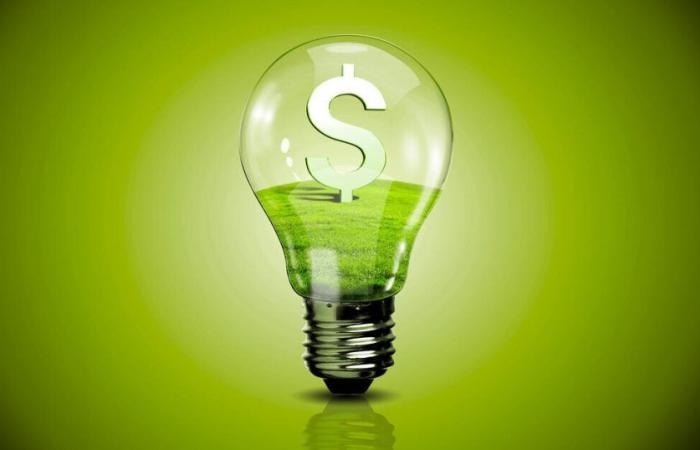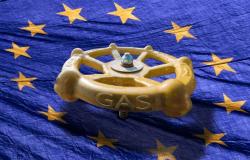It’s easier to buy a car than figure out what to do with your bill. A few hours after the deadline imposed by the Authority to return to the protected market, therefore automatically moving to gradual protections, There are still many doubts among people who have not actually understood how much they will pay (or how much they will save.
Without being truly experts in the sector, and we thank one of our readers who helped us clarify things in the comments on yesterday’s article, it is really difficult to understand how much you will save but above all it was not easy to understand that even those who have the social bonus, or the elderly, today they find themselves paying more than those who ended up with gradual protection.
Precisely for this reason, with a resolution on Thursday, Arera also allows vulnerable people to move from protected to gradual protection.
With this article we will try to clarify things a little, going point by point.
The price for the gradual protections is not defined in advance and can only be estimated.
The first thing to understand is that protected and graduated protections have two different modalities in the way the price is set: for the protected market Arera has established an electricity price in advance for three months, which from the first of July until the end of September will be 24.32 euro cents per kilowatt hour.
For the protected party, the price is set in advance and for three months, and is in no way influenced by changes in the price of energy on the wholesale market.
For gradual protections this does not happen: the price varies monthly according to the PUN and at the moment we can only make an estimate by looking at today’s PUN (around 0.1 euro/kWh) but no one is able to say, with certainty, how much the user will pay exactly.
The price of electricity in July, for those who switch to gradual protection, it will only be possible to define it at the end of July.
The final price will be variable monthly with the following formula, where 0.0155 euros is the Electricity Equalization coefficient, which is also a variable value.
PUN * 1.1 - 0,0155
If we take the PUN price of the last few months, here is a small calculation of what the final cost of the raw material would have been if we had been under gradual protection.
| PUN May 2024 | 0,094 € | 0,0879 |
|---|---|---|
| PUN April 2024 | 0,086 € | 0,0791 |
| PUN March 2024 | 0,088 € | 0,0813 |
| PUN February 2024 | 0,087 € | 0,0802 |
| PUN January 2024 | 0,099 € | 0,0934 |
| PUN December 2023 | 0,115 € | 0,111 |
| PUN November 2023 | 0,121 € | 0,1176 |
| PUN October 2023 | 0,134 € | 0,1319 |
| PUN September 2023 | 0,115 € | 0,111 |
| PUN August 2023 | 0,111 € | 0,1066 |
| PUN July 2023 | 0,112 € | 0,1077 |
| PUN June 2023 | 0,105 € | 0,1 |
However, by multiplying the cost per kWh by the quantity of kWh consumed, the discount due to the negative marketing component must be removed, -72.65 euros/year and therefore approximately 6 euros per month. This is because to win the auctions the suppliers made downward offers which led to a marketing cost which is in fact a discount. Just to make a comparison, those in the protected market pay 41 euros per year, those in the free market also pay 144 euros per year.
Today there is no tariff that allows you to pay for electricity so little, and this for the next 33 months.
Only those who consume a lot need to reflect
There is only one element that can move the needle, and that is consumption.
For those who consume little, let’s say less than 3000 kWh per year, fixed costs have a significant impact on the bill and for this very reason the negative marketing component, -72.65 euros/year, will have a considerable impact. The bills will be really “light”.
However, those who consume a lot, houses with heat pumps without photovoltaic systems or people who recharge their electric cars at home, therefore with consumption reaching up to 6000 kWh per year, must do a little reflection: is it better to bet on low PUN or play it safe?
The advantage of the free market is that of being able to sign a fixed-price contract that offers the certainty, to those who consume a lot, of knowing in advance how much they will pay for 12 or 24 months even if an energy crisis were to break out that sends the PUN skyrocketing. It shouldn’t happen, but in the last three years we have seen that certain geopolitical events have the power to make the price of raw materials fluctuate, also impacting energy in a significant way.
In short, if the PUN were to remain low in the next three years the transition to gradual protections is convenient for everyone, and I mean everyone. If, however, it were to rise again, it would continue to be convenient for those who consume little, the negative marketing cost offsets the increase in the cost of the raw material, but it would no longer be the case for those who have an energy-intensive home.
You have until tomorrow evening to submit the form to request the transfer, and one thing is certain: if consumption does not exceed 3000 kWh per year there is no more convenient tariff.
It applies to those who operate in the free market today, but it also applies to vulnerable people. For them, in fact, Arera has opened up the possibility of moving to gradual protection because a real paradox has been created: those who receive a social bonus, or the elderly, they will pay more for the next three years than those who do not receive any bonuss but moved on to gradual protections.






